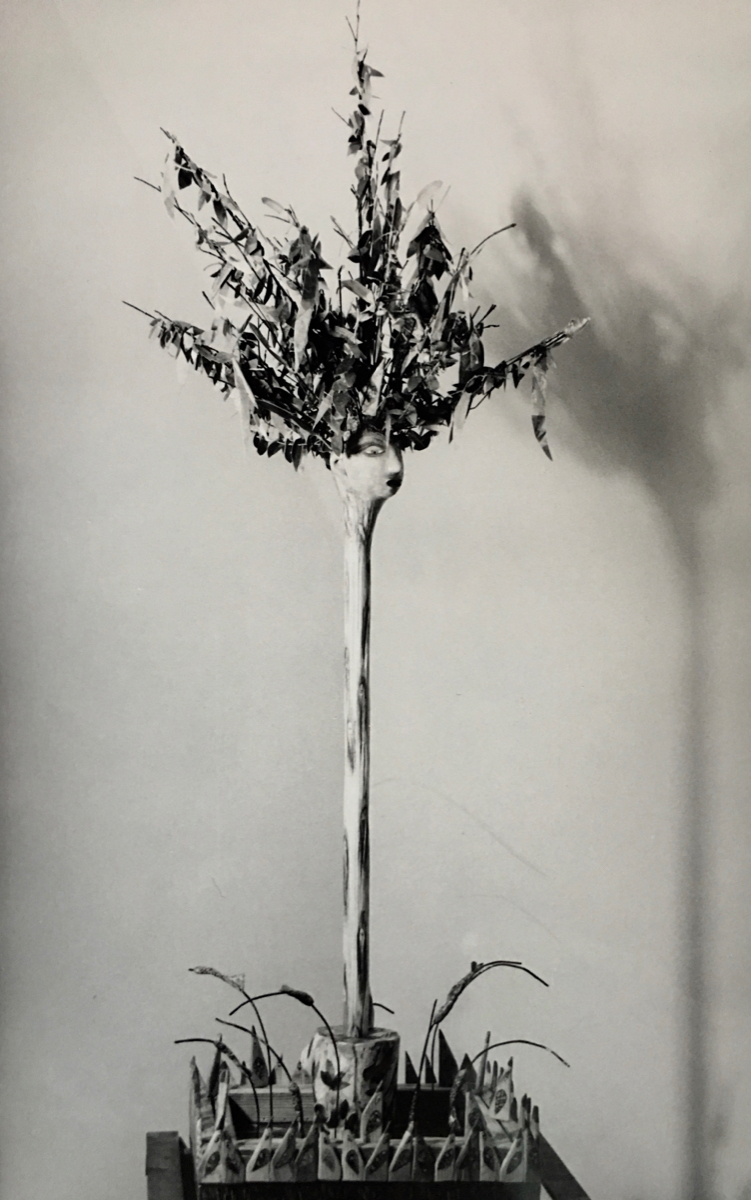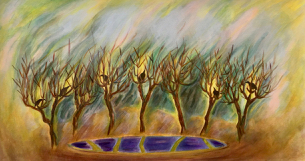OsageOracle ©️2020 LSAuth
Maybe some of you are familiar with the Osage Orange tree. I was not, before coming to Tennessee. Of all the trees I draw in the arboretum, this is the strangest. Its bark is gnarly and deeply furrowed, resembling the skin of an ancient biblical prophet. There are two that I see on every walk, but this one is my favorite— a female tree that yields warty, greenish-yellow fruit. These orbs are the size of small grapefruit which will fall to the ground soon.
Scientists have theorised that this fruit probably fed gigantic herbivores which roamed the mid-southern land of North America more than 10,000 years ago — like the American mastodon and the giant sloth. So why didn’t the osage orange trees vanish from the earth along with their imbibers?
I was mesmerised by this creature even before I read anything about it — and I continue to be. I often feel it has secrets to tell me about luck and survival.
I am listening very hard.














